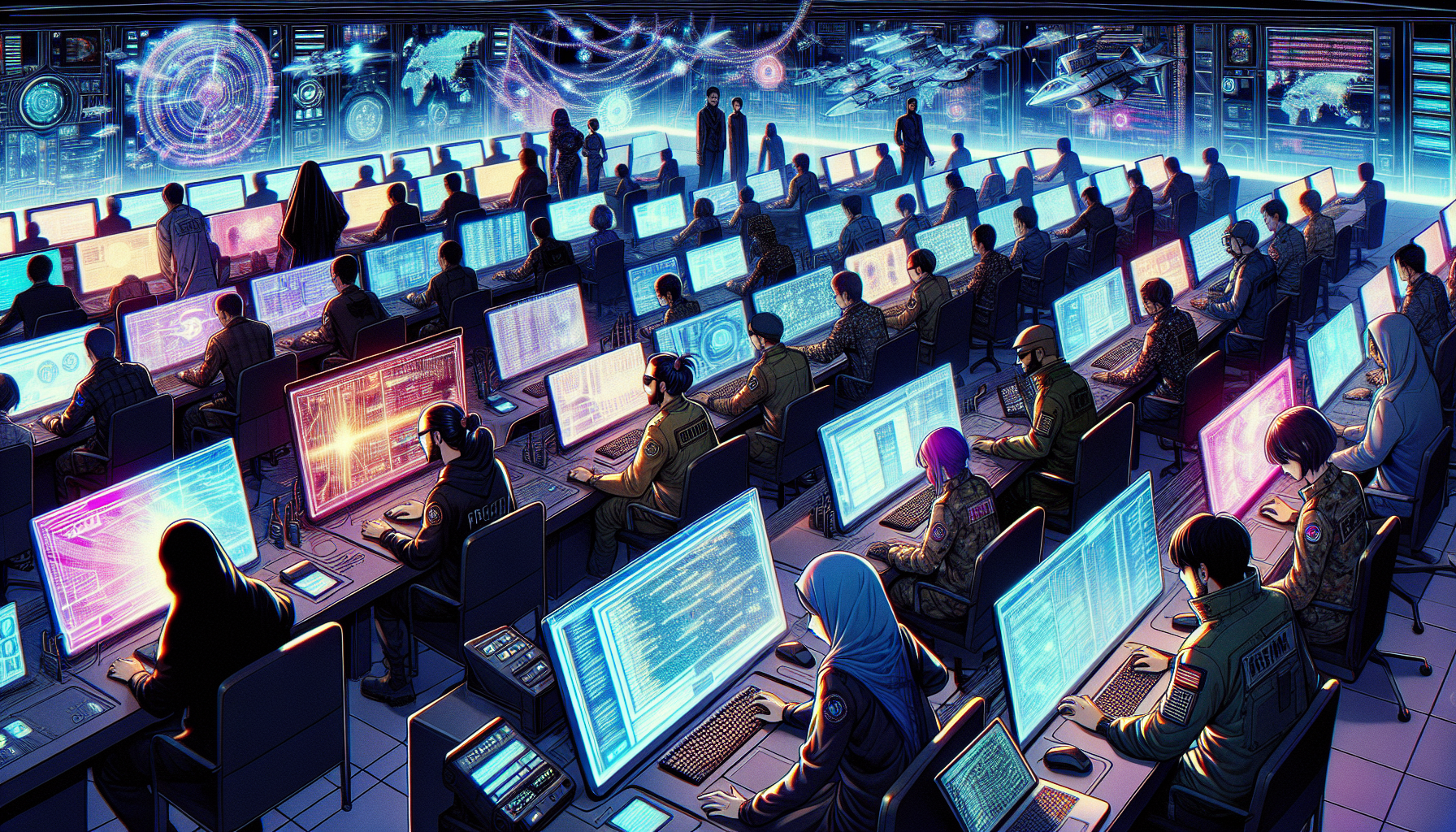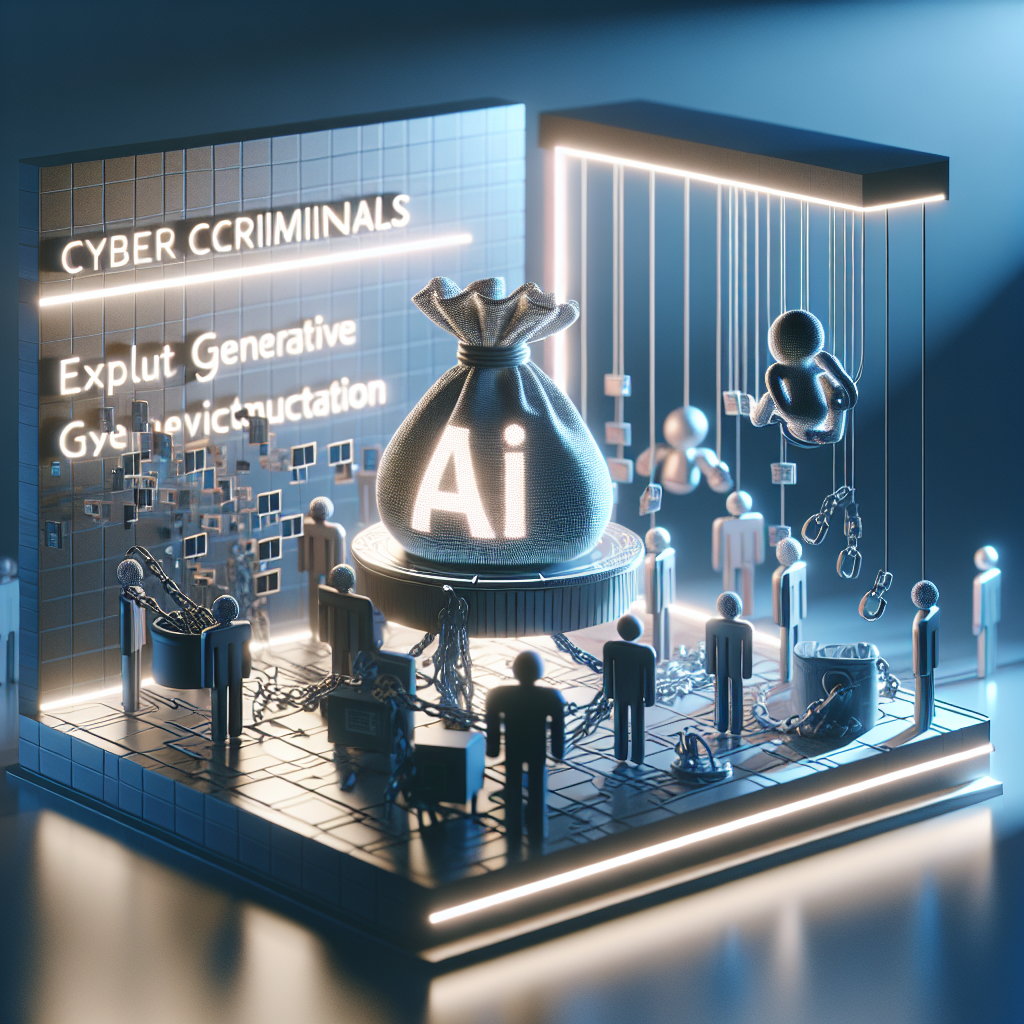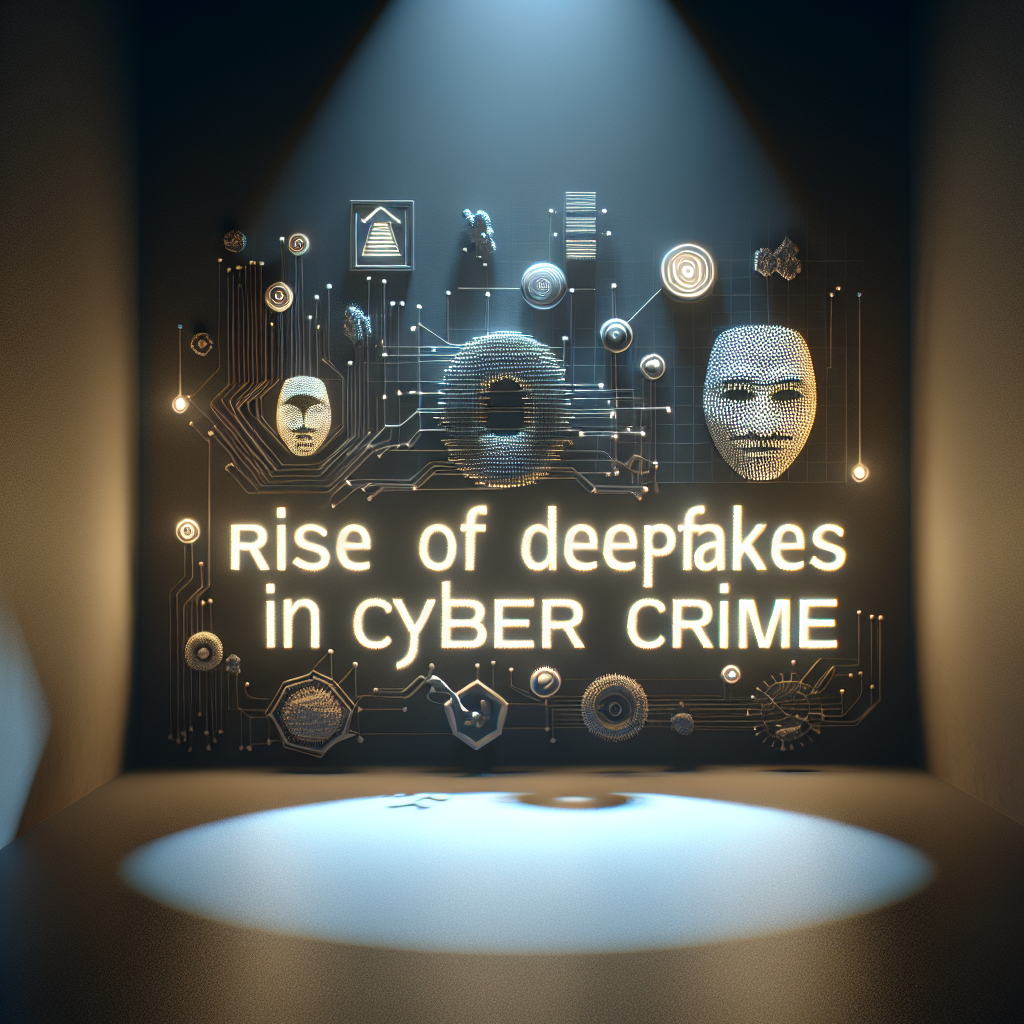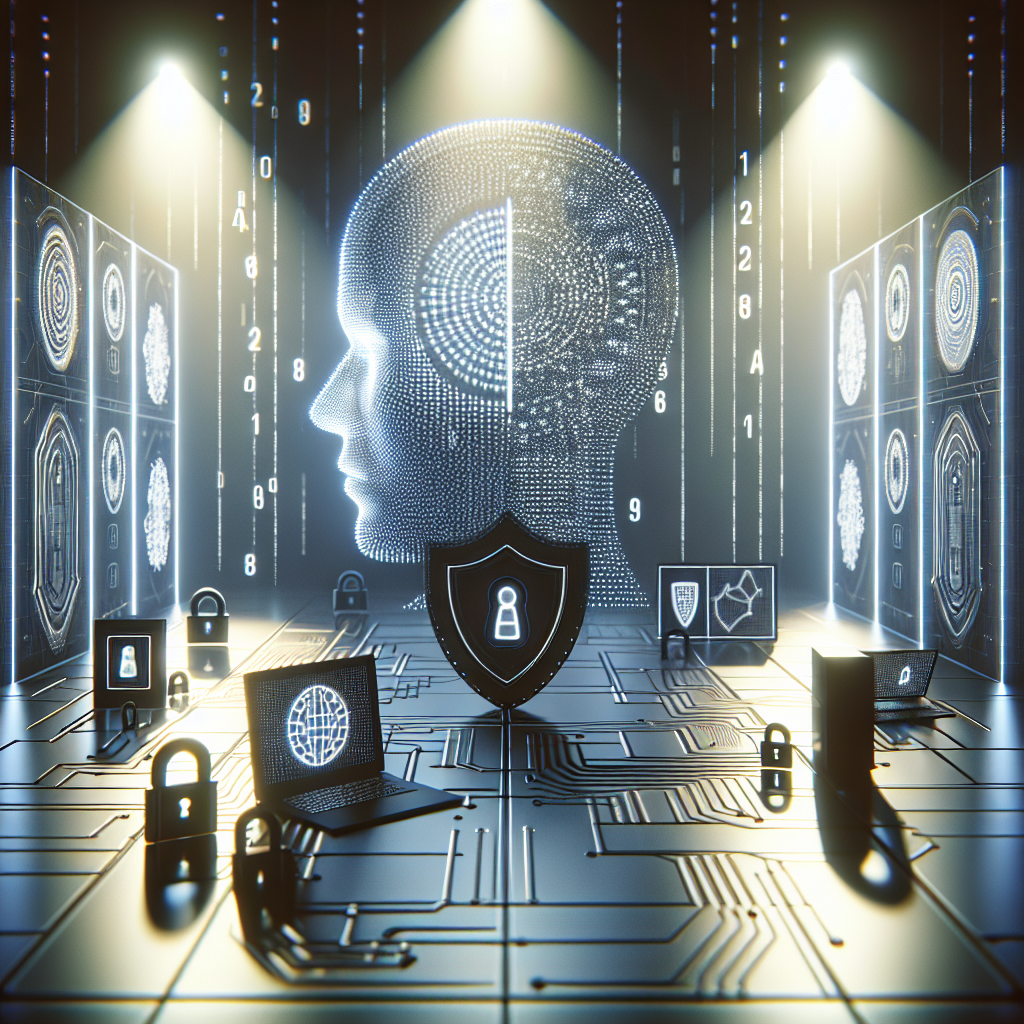
This article examines the ongoing conflict between generative AI and cyber criminals, highlighting how AI is being used to both enhance cybersecurity and empower malicious activities. It covers key areas such as phishing, deepfakes, AI-powered threat detection, and ethical hacking, providing insights into the evolving challenges and future strategies in the cybersecurity landscape.
"Generative AI vs Cyber Criminals"—Outline
- Introduction: The Dual Nature of Generative AI
- How Cyber criminals Exploit Generative AI
- The Role of Generative AI in Cybersecurity Defense
- Challenges in the AI vs Cyber Criminals Battle
- Future Outlook: Strategies to Stay Ahead in the AI and Cyber Crime Battle
- Conclusion: Navigating the Complex Landscape of AI and Cybersecurity
Introduction: The Dual Nature of Generative AI

In the rapidly evolving landscape of technology, generative AI has emerged as both a powerful tool and a potential weapon. While businesses, researchers, and innovators harness its capabilities for good, cybercriminals have begun exploiting these same tools for nefarious purposes. The ongoing battle between generative AI and cybercriminals is reshaping the cybersecurity landscape, and understanding this dynamic is crucial for staying ahead of emerging threats.
How Cybercriminals Exploit Generative AI

Phishing Attacks with AI-generated Content
Cyber criminals can use AI to create highly personalized phishing emails that mimic the tone and style of legitimate communication. These emails are designed to trick recipients into revealing sensitive information or clicking on malicious links.

The Rise of Deepfakes in Cyber Crime
AI-generated deepfakes—hyper-realistic fake videos, images, or audio—can be used for fraud, blackmail, or spreading misinformation. These deepfakes can impersonate executives, political figures, or even ordinary individuals, making it difficult to discern truth from fabrication.

Automated Exploits: AI-driven Vulnerability Scanning
Generative AI can be employed to discover vulnerabilities in software systems. By automating the process of generating and testing potential exploits, cyber criminals can quickly identify weaknesses to target.

AI-enhanced Malware Development
AI can assist in creating more sophisticated and adaptive malware. By learning from previous detection patterns, AI-generated malware can evolve to bypass traditional cybersecurity defenses, making it harder to detect and neutralize.

The Role of Generative AI in Cybersecurity Defense
AI-Powered Threat Detection: Staying Ahead of Cyber Criminals
One of the most significant advancements in cybersecurity is the use of AI for threat detection. Traditional security systems rely on predefined rules and signatures to identify malicious activity. However, these systems often fall short when faced with novel or rapidly evolving threats.

Automating Incident Response with AI
In addition to threat detection, AI is being used to automate incident response. When a security breach occurs, the speed of response is critical. AI-driven systems can automatically isolate compromised systems, block malicious IP addresses, and deploy countermeasures, all within seconds of detecting a threat.

Ethical Hacking: Using AI to Identify Vulnerabilities
Generative AI is also being harnessed for ethical hacking and penetration testing. By simulating cyber attacks using AI, organizations can identify vulnerabilities in their systems before cyber criminals do. These AI-driven tests are more comprehensive and can cover a broader range of attack vectors than traditional methods, providing a more robust defense.

Challenges in the AI vs Cyber Criminals Battle

The AI Arms Race: Continuous Evolution on Both Sides
As both cyber criminals and cybersecurity experts continue to develop more advanced AI tools, the landscape is becoming increasingly complex. This has led to an "arms race" where each side continuously tries to outmaneuver the other. Cyber criminals adapt their strategies based on the latest security measures, while cybersecurity professionals must anticipate and counter these new tactics. This dynamic creates a continuous cycle of attack and defense that requires constant vigilance and innovation.
Ethical and Legal Considerations in AI Security
The use of AI in cybersecurity also raises ethical and legal questions. As AI systems become more autonomous, there is a risk that they may inadvertently cause harm. For example, an AI-driven security system might mistakenly identify a legitimate user as a threat and take actions that disrupt business operations. Ensuring that AI systems operate within ethical boundaries and comply with legal regulations is a critical aspect of their deployment.
Addressing Data Privacy Concerns in the AI Era
Generative AI relies heavily on data to function effectively. However, the collection and use of data for AI purposes can raise privacy concerns. Cyber criminals may exploit vulnerabilities in data storage and processing systems to gain access to sensitive information. Additionally, the use of AI-generated content in phishing and social engineering attacks can compromise personal data. Protecting data privacy in the age of generative AI is a complex challenge that requires robust security measures and regulatory oversight.
Future Outlook: Strategies to Stay Ahead in the AI and Cyber Crime Battle

Collaboration and Information Sharing Among Stakeholders
One of the most effective strategies for staying ahead of cyber criminals is collaboration. By sharing information about emerging threats and vulnerabilities, organizations can collectively improve their security posture. Industry partnerships, government initiatives, and cybersecurity alliances all play a role in fostering a collaborative environment that helps protect against AI-driven cyber crime.
Continuous Innovation in AI-driven Security
Innovation is key to maintaining an edge in the fight against cyber criminals. As AI technology advances, so must the tools and techniques used to defend against it. This includes developing more sophisticated AI-driven security systems, improving the accuracy of threat detection algorithms, and creating new methods for safeguarding data. Continuous research and development are essential for staying ahead of the curve.
Proactive Defense Strategies Against AI-Enabled Cyber Crime
Finally, a proactive approach to cybersecurity is critical in the age of generative AI. This means not only responding to threats as they arise but also anticipating and preparing for future challenges. By investing in advanced AI technologies, conducting regular security assessments, and staying informed about the latest developments in the field, organizations can build a robust defense against AI-enabled cyber crime.
Conclusion: Navigating the Complex Landscape of AI and Cybersecurity
The battle between generative AI and cyber criminals is far from over. As AI technology continues to evolve, so too will the tactics used by both cyber criminals and cybersecurity professionals. Staying ahead in this ongoing battle requires a combination of innovation, collaboration, and a proactive approach to cybersecurity.

